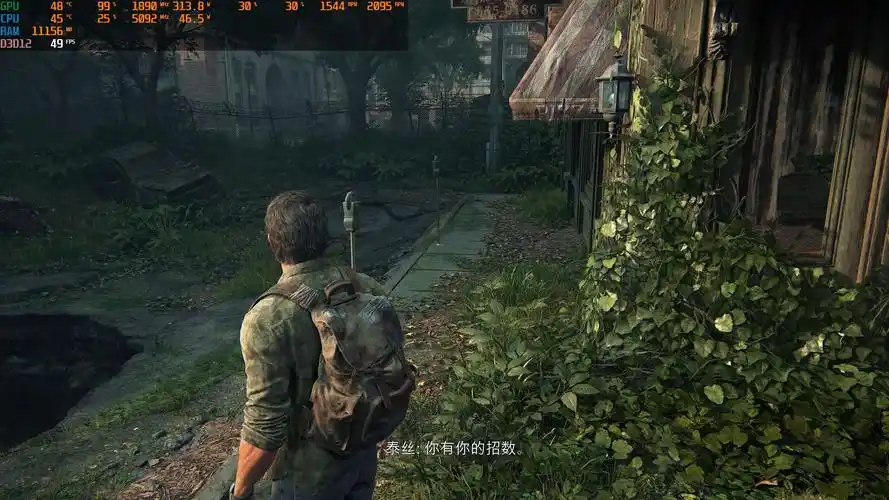Tetris - Party Edition: Mini Game Variety - A Critical Review
Introduction
Tetris - Party Edition is a unique take on the classic puzzle game, introducing a variety of mini-games that aim to refresh the traditional Tetris experience. Released for the Wii and Nintendo DS, this edition offers more than just the standard block-stacking challenge—it incorporates multiplayer modes, motion controls, and creative twists on the formula. But does this expanded gameplay enhance the Tetris legacy, or does it dilute the purity of the original? This review critically examines the mini-game variety in Tetris - Party Edition, evaluating its strengths, weaknesses, and overall appeal.
Gameplay Overview
At its core, Tetris - Party Edition retains the fundamental mechanics of Tetris—players must rotate and place falling tetrominoes to clear lines and prevent the stack from reaching the top. However, the "Party Edition" label suggests a more social and dynamic experience, which is delivered through several mini-games.
Key Mini-Games
- Field Climber – Players stack blocks to create a staircase, allowing a Mii character to climb upward. This mode blends puzzle-solving with light platforming elements.
- Shadow Wide – A competitive mode where players must match their falling blocks to a pre-set shadow pattern.
- Hot Line – A high-speed challenge where players must clear specific lines before time runs out.
- Stage Racer – A race against opponents where clearing lines moves a car forward.
- Balance – A precarious mode where blocks must be placed carefully to prevent the stack from tipping over.
Each mini-game offers a distinct twist on Tetris, but not all are equally engaging.
Strengths of Mini-Game Variety
1. Fresh Takes on Classic Gameplay
The mini-games successfully innovate within the Tetris framework. Field Climber and Balance introduce physics-based mechanics, adding a new layer of strategy. These modes prevent the game from feeling stale, especially for veteran players who have mastered traditional Tetris.
2. Multiplayer Fun
The party aspect shines in local multiplayer. Competitive modes like Stage Racer and Hot Line create exciting, fast-paced matches. The inclusion of Miis adds a personal touch, making victories feel more rewarding.
3. Accessibility and Motion Controls
The Wii’s motion controls are utilized effectively in some modes, offering an intuitive way for casual players to engage. While not as precise as traditional controls, they make the game more approachable for newcomers.
Weaknesses and Criticisms
1. Inconsistent Mini-Game Quality
Not all mini-games are equally compelling. Shadow Wide feels restrictive, limiting player creativity, while Balance can be frustrating due to its reliance on luck rather than skill. Some modes feel like filler rather than meaningful additions.
2. Lack of Depth in Some Modes
While the variety is commendable, certain mini-games lack replay value. Once the novelty wears off, players may revert to classic Tetris or only a few standout modes.
3. Motion Control Limitations
Though motion controls add accessibility, they can be imprecise. In fast-paced modes, this leads to accidental misdrops, which can be frustrating for competitive players.
Conclusion: A Mixed but Worthy Experiment
Tetris - Party Edition succeeds in offering a fresh, social experience while staying true to the core Tetris appeal. The mini-game variety provides creative alternatives, though not all are equally polished. For casual players and party settings, this edition is a fun diversion. However, hardcore Tetris fans may find some modes gimmicky and prefer the purity of the original.
Final Score: 7.5/10
Pros:
✔ Innovative mini-games
✔ Great multiplayer experience
✔ Accessible for casual players
Cons:
❌ Some modes lack depth
❌ Motion controls can be imprecise
❌ Not all mini-games are equally fun

Would you recommend Tetris - Party Edition? For parties and casual play—absolutely. For a pure Tetris challenge—stick to the classics.
#Tetris #PartyEdition #MiniGames #GameReview #NintendoWii #PuzzleGames












